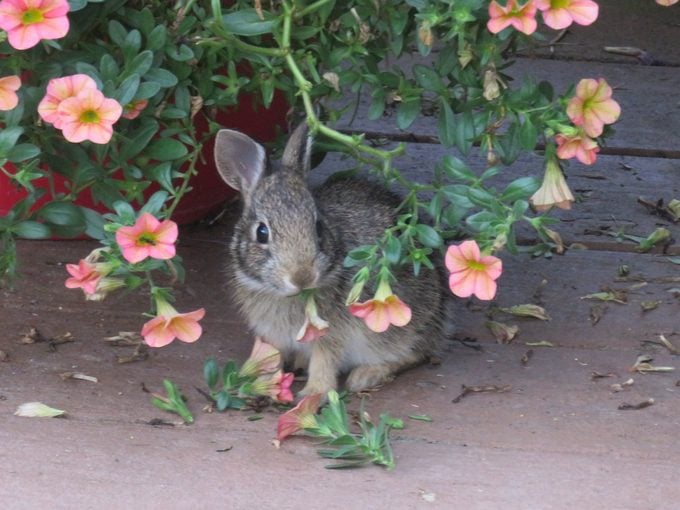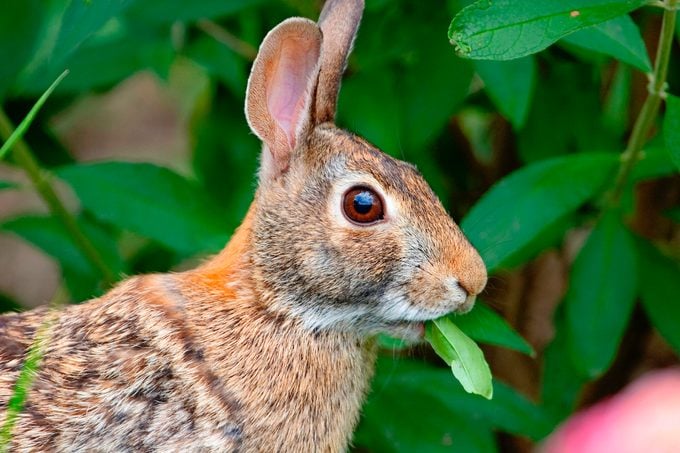Expert Garden Advice on Rabbit Resistant Flowers
Updated: Mar. 04, 2024
Bunnies eating all of your blooms? Here's an expert's advice for the best rabbit resistant flowers and rabbit repellents.

Rabbit Resistant Flowers to Grow
“Rabbits ate all of my marigolds. What are your suggestions for other colorful, long-blooming, rabbit resistant flowers?” says Peggy Connors of Newton, New Hampshire.
Seeing your precious flowers be gobbled up by wildlife can be frustrating at times! You are not alone in searching for a rabbit resistant flower garden solution.
(Psst—if squirrels are stealing all your birdseed, check out these squirrel-proof feeders.)
I hesitate to list any plant as rabbit resistant, since the eating habits of these critters can change when populations are high and their food is scarce. And know that what works in one garden may not work in another. Though marigolds are often listed as rabbit resistant flowers, you discovered that this is not always the case. The easiest solution is to try adding a variety of plants—if rabbits decide to devour one type, the other flowers can still provide needed color.
Something to keep in mind when reviewing any lists of rabbit resistant plants: There will most likely be discrepancies. Ageratum, cleome, flowering tobacco, snapdragons and verbenas appear on several rabbit resistant plant lists. Russian sage is also often listed as deer resistant and rabbit resistant. You can also try red trillium, pasque flower and wild petunia. Zinnias appear on both susceptible and rabbit resistant flowering plant lists.
Keep records of what works in your garden and be prepared to add new varieties as needed.
Fencing and Rabbit Repellents

Another solution is planting your garden just out of reach. Grow flowers and veggies in containers on a porch or deck, away from the rabbits. A 4-foot-tall wire fence, anchored tightly to the ground and securely gated, will also do. Just be sure to bury the bottom 6 inches deep to prevent rabbits from digging under it. You can also try applying homemade or commercial repellents before rabbits or other animals begin feeding, repeating as recommended to increase success. Consider products (such as Plantskydd) that are rain and snow resistant, which extends the time between applications.
Scare tactics are not always effective, especially in urban areas, as rabbits and other wildlife have grown accustomed to the sight and smell of humans. Continue to monitor your garden for damage and adjust strategies as needed.
Learn how to deter groundhogs (and keep them out of your garden).




















